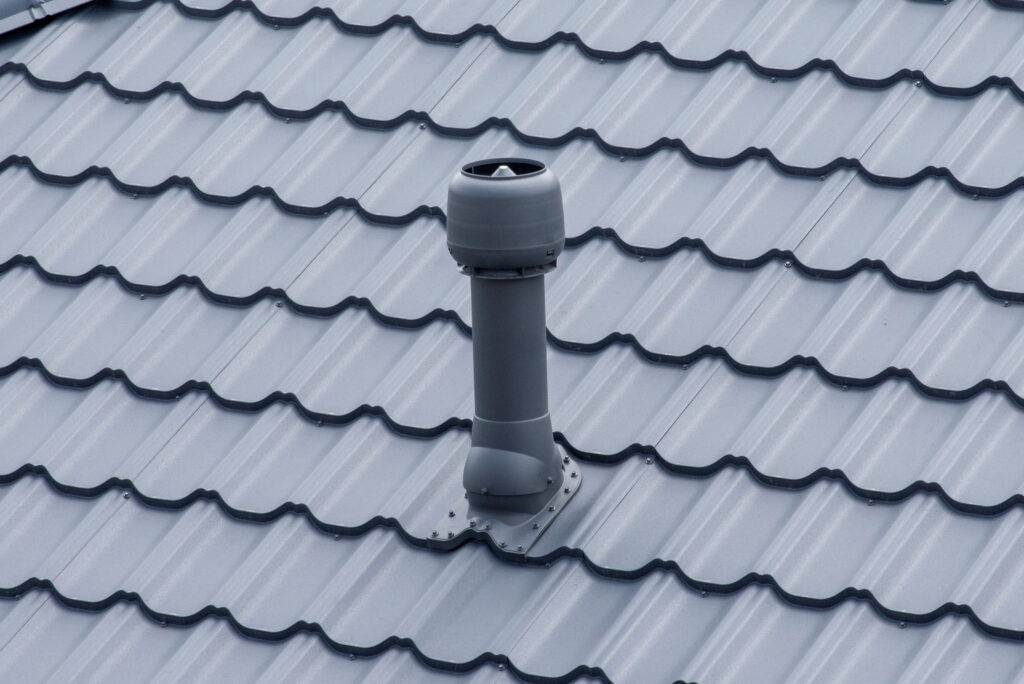Understanding the Wire Outlet to Light Switch Connection: What Every Homeowner Should Know
You walk into a room, flip the switch, and expect the lights to come on. It’s such a simple action that we rarely give it a second thought—until it doesn’t work. One of the most essential yet overlooked electrical elements in a home is the connection between the wire outlet and the light switch. Whether you’re tackling a light upgrade or just want to understand more about your home’s inner workings, knowing what’s behind the switch faceplate can prove invaluable. This article explores how power flows from your home’s wire outlets to the light switch controlling overhead fixtures, why grounding matters, and how these elements tie into the broader home warranty landscape.
How the Wire Outlet and Light Switch System Works
At a fundamental level, a light switch functions as a gatekeeper along a circuit—a simple mechanism that either completes the electrical path to power a light fixture or breaks it to turn the fixture off. What many homeowners don’t realize is the interplay between this switch and nearby wire outlets is not only about convenience, but also governance over how circuits are distributed within walls, junction boxes, and breaker panels.
In most U.S. homes, when a light switch is installed, it’s part of a standard 120-volt electrical circuit that may include receptacle outlets in the same room. Power flows from the service panel to the outlet box, through hot (black or red) and neutral (white) wires. If the light is switched, one of these conductors is routed through the switch box, effectively acting as a valve that either allows the current to continue to the fixture or halts it.
Grounding plays a pivotal role here. Any modern wiring configuration includes a ground wire (usually bare copper or green) to protect against faults. If a short occurs, that ground directs stray current safely away from the devices and into the earth—reducing the risk of electric shock or fire.
The Key Advantages of Proper Wire-to-Switch Design
If the wire outlet to light switch has been properly wired and grounded, the benefits are both immediate and long-term. First, there’s safety. Ensuring proper grounding reduces electrical fire risks and offers better protection for both people and appliances. It’s easy to underestimate how crucial this is until a surge from a malfunctioning light accidentally energizes a metal junction box.
There’s also functionality. Proper circuit load planning prevents breaker overloads and allows consistent power delivery. If your lights dim every time the coffee machine kicks on, you’re dealing with an unoptimized circuit. Making sure power from outlets and switches is correctly distributed keeps things running smoothly.
From a repair standpoint, it’s also much easier to diagnose issues when systems are installed cleanly. Electricians, home warranty providers, and inspectors can quickly see if all necessary pathways are grounded correctly or if there’s wiring that raises red flags. As a homeowner, that can translate to lower service costs and fewer warranty disputes down the road.
Common Issues and Drawbacks to Watch For
Despite its simplicity on the surface, there are several issues that may arise within the wire outlet-to-light switch system. First up—incorrect wiring. In some older homes or DIY installations, a switch loop might be configured without a neutral wire in the switch box. While functional, that setup isn’t compliant with modern code and complicates the addition of advanced smart switches, which require continuous neutral availability.
Unsecured or corroded ground wires are another common mishap. These may be overlooked during fast remodels or hidden behind closed walls until something fails. If a switch plate feels warm to the touch or you’re experiencing tripped breakers with no clear reason, grounding could be the hidden culprit.
There’s also an aesthetic drawback. Improperly routed or labeled wires can mean you have mismatched switch control or lights connected across multiple circuits without logic. Not only does that confuse homeowners, but it also poses safety hazards during electrical work.
Troubleshooting and Repair Tips for Homeowners
If your light switch isn’t working as expected, the first step is methodical inspection—starting with your circuit panel. Check for tripped breakers or blown fuses, and reset if necessary. If power is reaching the light outlet but not the switch, the internal contacts in the switch may have failed. That’s often resolved with a basic replacement switch.
Use a voltage tester to determine whether current is flowing to the switch box. No power? Inspect the line feed from the wire outlet, typically a hot wire. Still no sign of supply current? It may be time to call in an electrician or file a claim through your home warranty, particularly if you suspect a hidden break or aging wire insulation.
When replacing switches, always ensure the ground wire is secured to the green screw terminal or jumper wire to the outlet box if it’s metal. If the box is plastic, the ground must be routed to connected circuit devices to complete its path.
Upgrading to Smart Switches: What You Need to Know
As smart home devices become increasingly popular, more homeowners are upgrading traditional light switches to smart variants. These allow for app control, automation, and integration with voice assistants—but compatibility depends heavily on correct wiring. Most smart switches require a neutral wire in the switch box to power internal communication modules even when the light is off.
If your current setup lacks a neutral wire at the switch, adding one may require running new cable or installing a compatible bridge device. Homeowners planning this upgrade should confirm that the outlet-to-switch connection is code-compliant and grounded properly to avoid interference or electrical faults with smart components.
The Role of Grounding in Home Warranty Eligibility
Grounding isn’t just a technical requirement; it can influence decisions made under a home warranty policy. Many warranty providers—including those specializing in service contracts for systems and appliances—require proof that wiring-related faults are not due to code violations or neglected maintenance. Improperly grounded switches or wire outlets can be grounds (quite literally) for claim denial.
During inspections or service calls, technicians often note whether electrical systems are up to current standards. Ensuring your wire outlet and light switch connections meet modern grounding and wiring criteria helps preserve coverage eligibility. If you’re buying or selling a home, preemptive electrical inspection can also reveal weak spots before they become problems.
Why Homeowners Trust Armadillo for Electrical System Coverage
Electrical systems are vital to everyday functionality, but diagnosing or repairing them can be complex without the right protection in place. That’s why many homeowners choose Armadillo for their home warranty needs. Our coverage includes key elements of your home’s internal wiring systems, giving you peace of mind that you won’t be left in the dark—literally or financially—when something fails.
With Armadillo, you’ll have access to trained professionals who understand the importance of code-compliant wire outlet and light switch configurations, grounding integrity, and smart upgrade compatibility. If you’re ready to protect your home’s electrical systems and beyond, visit our homepage at armadillo.one or start building your custom plan at our sign-up page. Protect what powers your home, the intelligent way.


























